Newly published research from Colorado State University answers fundamental questions about cellular connectivity in the brain that could be useful in the development of treatments for neurological diseases like autism, epilepsy or schizophrenia.
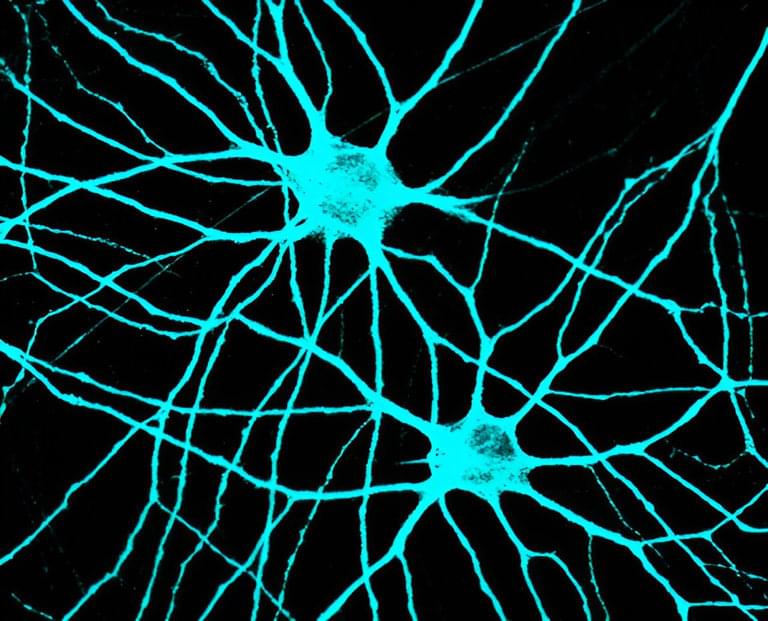

Professor Michael Levin explores the revolutionary concept of diverse intelligence, demonstrating how cognitive capabilities extend far beyond traditional brain-based intelligence. Drawing from his groundbreaking research, he explains how even simple biological systems like gene regulatory networks exhibit learning, memory, and problem-solving abilities. Levin introduces key concepts like “cognitive light cones” — the scope of goals a system can pursue — and shows how these ideas are transforming our approach to cancer treatment and biological engineering.
Researchers have identified a key mechanism in the development of Alzheimer’s disease involving the growth and pause of amyloid β fibrils.
A newly discovered antibody can lock these fibrils in their paused state, offering a potential new approach for treatment that targets these critical growth points.
Breakthrough in Alzheimer’s Research.
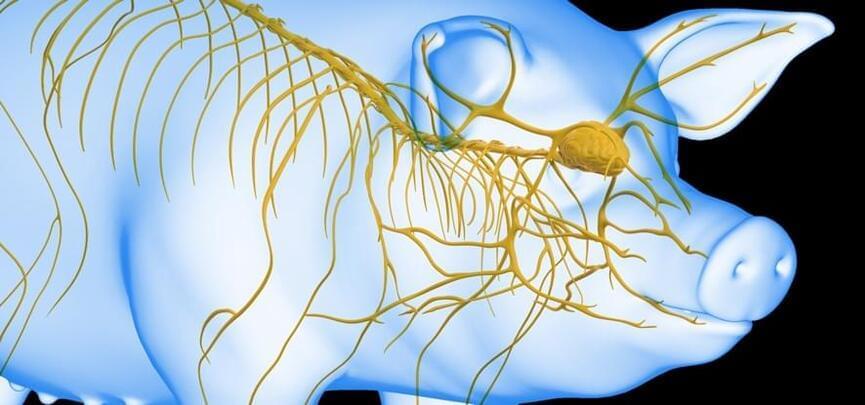
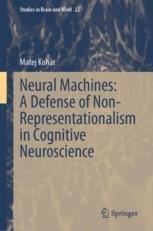

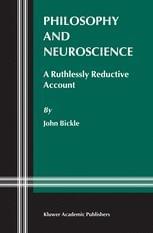
From the reviews:
“If you thought reductionism about the mind was dead, think again: you may find John Bickle’s vigorously and powerfully argued Philosophy and Neuroscience: A Ruthlessly Reductive Account a real eye-opener. His guiding idea is that the proof of reductionism is in the track record of reductionist research strategies in neuroscience, in explaining mentality and behavior — and even qualitative consciousness itself. And Bickle does not disappoint: he serves up a veritable feast of reductionist success stories, from deep down in cellular and molecular neuroscience. Some of the details he describes will amaze, and perhaps also delight, you. Bickle’s discussion is invigorating as well as philosophically sophisticated, and his knowledge of current research in neuroscience is impressive indeed. The writing is clear, brisk, and refreshingly straightforward, and the book brims with enthusiasm and optimism. This is the latest salvo from the reductionist side, and a mighty one it is! It may not win the battle outright for reductionism, but it is going to change the shape and terms of the debate to come. A must read for those interested in the issues of psychoneural reduction and reductionism, and highly recommended to anyone with a broad interest in the philosophy of mind and psychology.” (Jaegwon Kim, Brown University)
“Bickle now practices metascience … a large part of the book consists of neuroscientific case studies. … Bickle’s experimental cases are fascinating and his book qualifies as a showcase of naturalism in the philosophy of mind. As such it deserves to be read by any philosopher with naturalistic leanings. … Bickle has provided food for thought. … It manifests a profound respect for empirical developments, and a healthy criticism of philosophical hobbyhorses and entrenched reasoning patterns. This makes the book worthwhile reading.” (Huib Looren de Jong and Maurice K. D. Schouten, PhilosophicalPsychology, Vol. 18 , 2005)
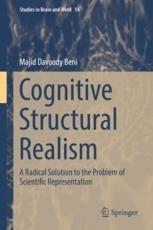
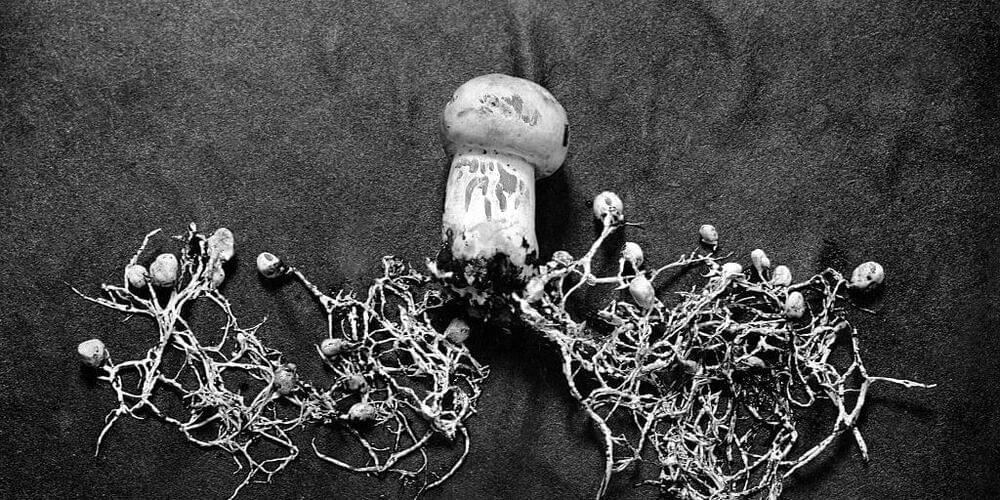
A groundbreaking study has provided experimental evidence suggesting a quantum basis for consciousness.
By demonstrating that drugs affecting microtubules within neurons delay the onset of unconsciousness caused by anesthetic gases, the study supports the quantum model over traditional classical physics theories. This quantum perspective could revolutionize our understanding of consciousness and its broader implications, potentially impacting the treatment of mental illnesses and our understanding of human connection to the universe.